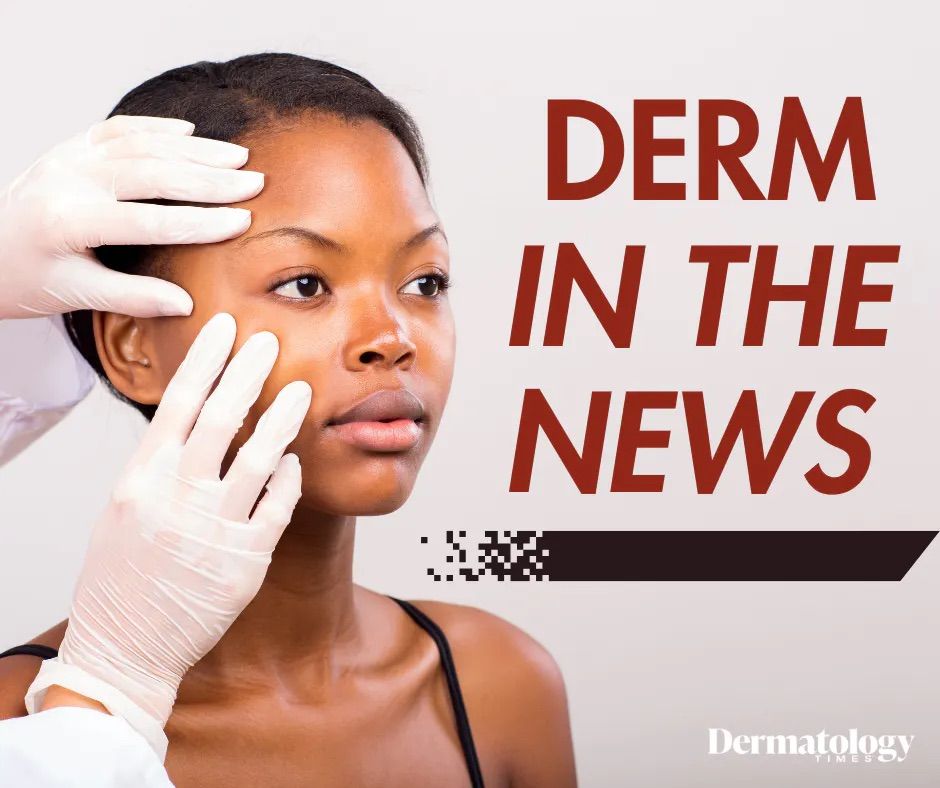Patient-Forward Rundown
Top headlines from this week to share with your patient:
News
Article
Author(s):
Keep up with the latest headlines in dermatology from the past week, including new research related to eczema and itch linked to bacteria, a new drug developed for melanoma and lung cancer demonstrating potential in the treatment of cSCC, and more.

Researchers at Harvard Medical School have made a breakthrough in understanding the cause of itching in skin conditions. Their study reveals that the bacterium Staphylococcus aureus (S. aureus) is responsible for causing itch by releasing an enzyme that activates nerve cells in the skin. This finding challenges previous assumptions and could lead to more effective treatments for inflammatory skin conditions. The researchers discovered that an approved anticlotting drug blocking a protein called PAR1 stopped itching in mice.
Researchers at the University of Turku in Finland have identified a promising target for a new drug called plixorafenib (PLX8394) in the treatment of cutaneous squamous cell carcinoma (cSCC). While many current cancer therapies focus on inhibiting a single mutation or signaling pathway, the study found that plixorafenib simultaneously inhibits the activity of multiple key pathways in cSCC. The drug, initially developed for melanoma and lung cancer, demonstrated efficacy in blocking the activation of the transforming growth factor-β (TGF-β) pathway and the Ras proto-oncoprotein, slowing the growth of cSCC in mouse models.
Top headlines from this week to share with your patient:
The antipruritics market is set to exceed $10.9 billion in 2024, reaching $16.2 billion by 2034, driven by factors like a growing elderly population and increased skin diseases. The market sees growth due to rising target diseases, unmet patient demands, and a focus on innovative therapies. Notable observations include the dominance of immunosuppressants (31.3% market share in 2023), psoriasis prevalence (33.2% market share in 2023), and oral administration preference (39.8% market share in 2023). Hospital pharmacies lead in distribution (30.4% market share in 2023), with North America as the primary region (27.3% market share in 2023).
HeiQ introduced HeiQ Skin Care, a 100% biobased textile finishing technology designed to enhance skin health and appearance by improving the skin microbiome. The product utilizes a synbiotic approach, incorporating prebiotics and probiotics in a durable biobased textile matrix that remains effective after multiple washes. Suitable for various textile fibers and products like clothing, sports gear, and bedding, the technology releases synbiotics onto the skin to maintain a balanced microbiome.
Have you seen any dermatology headlines this week that we may have missed? Share with us by emailing our team at DTEditor@mmhgroup.com.
Like what you’re reading? Subscribe to Dermatology Times for weekly updates on therapies, innovations, and real-world practice tips.